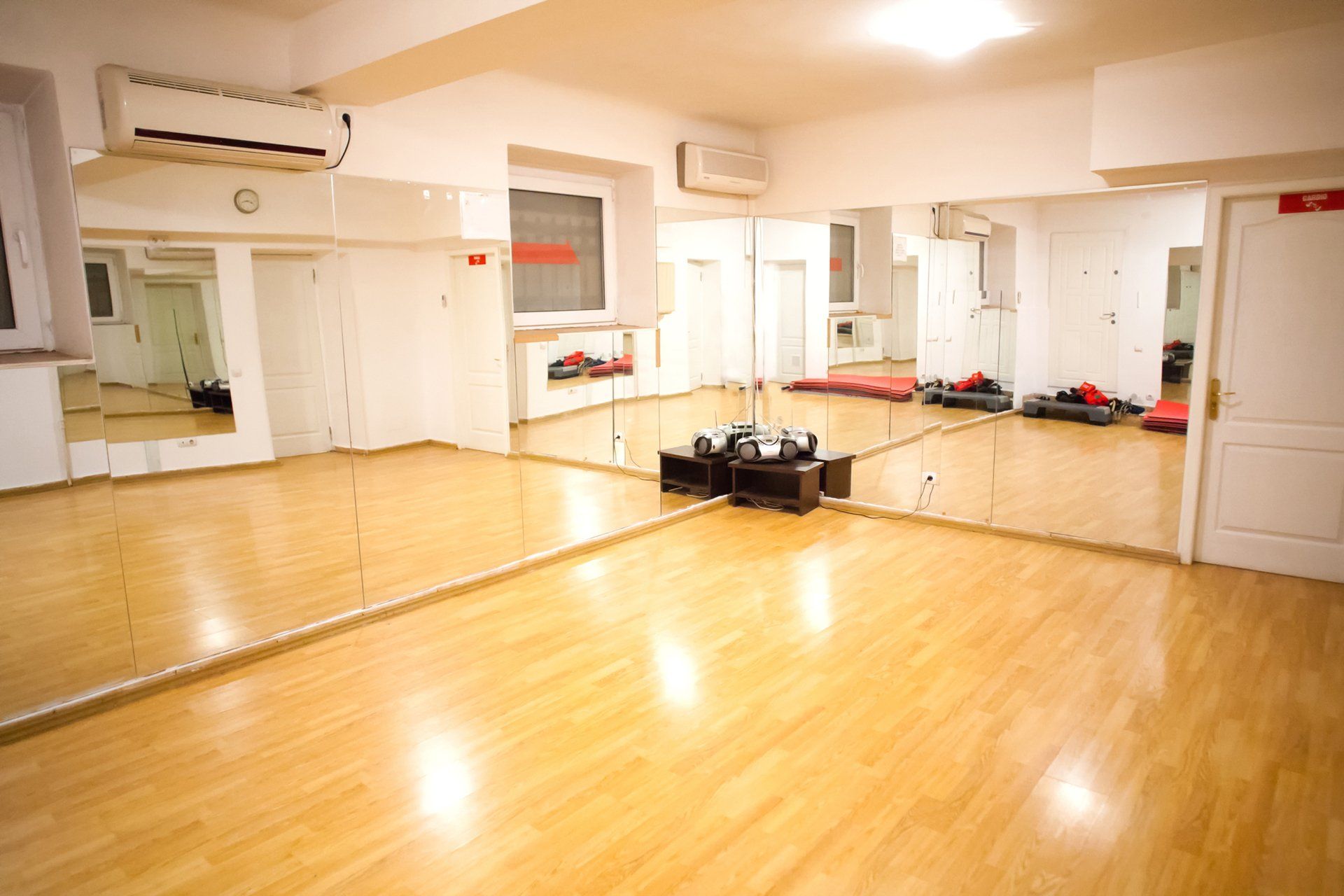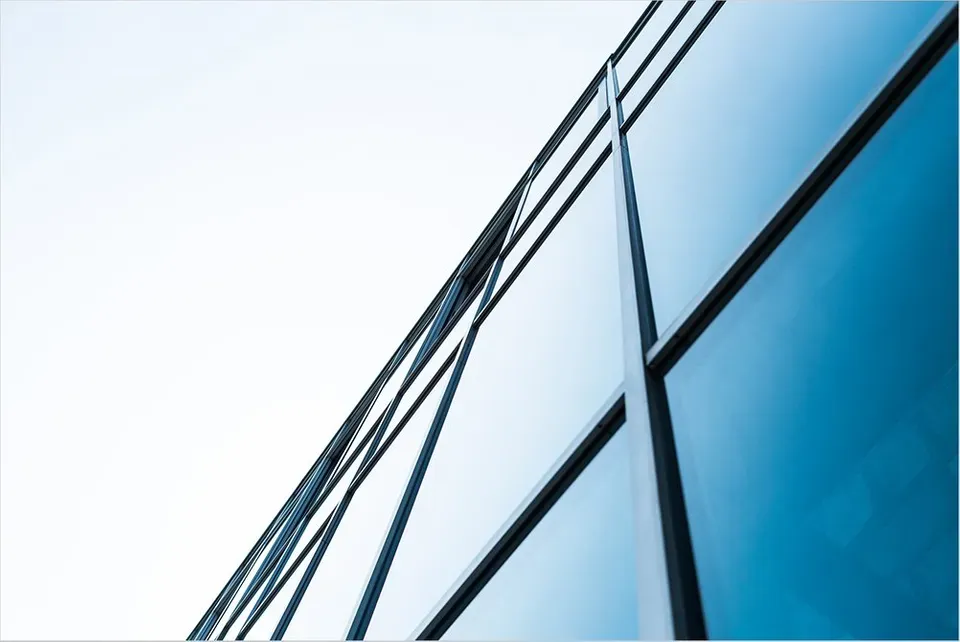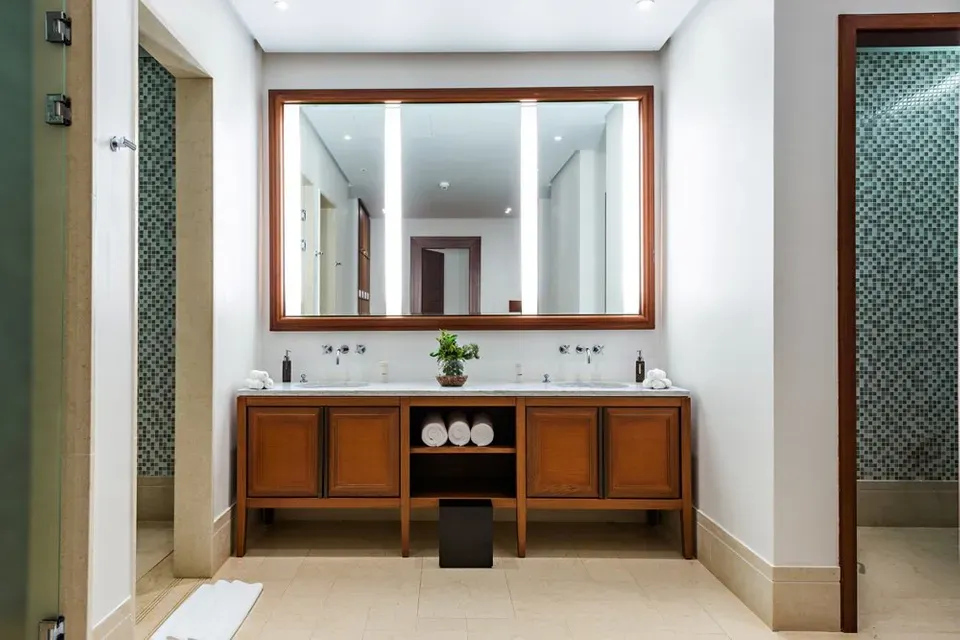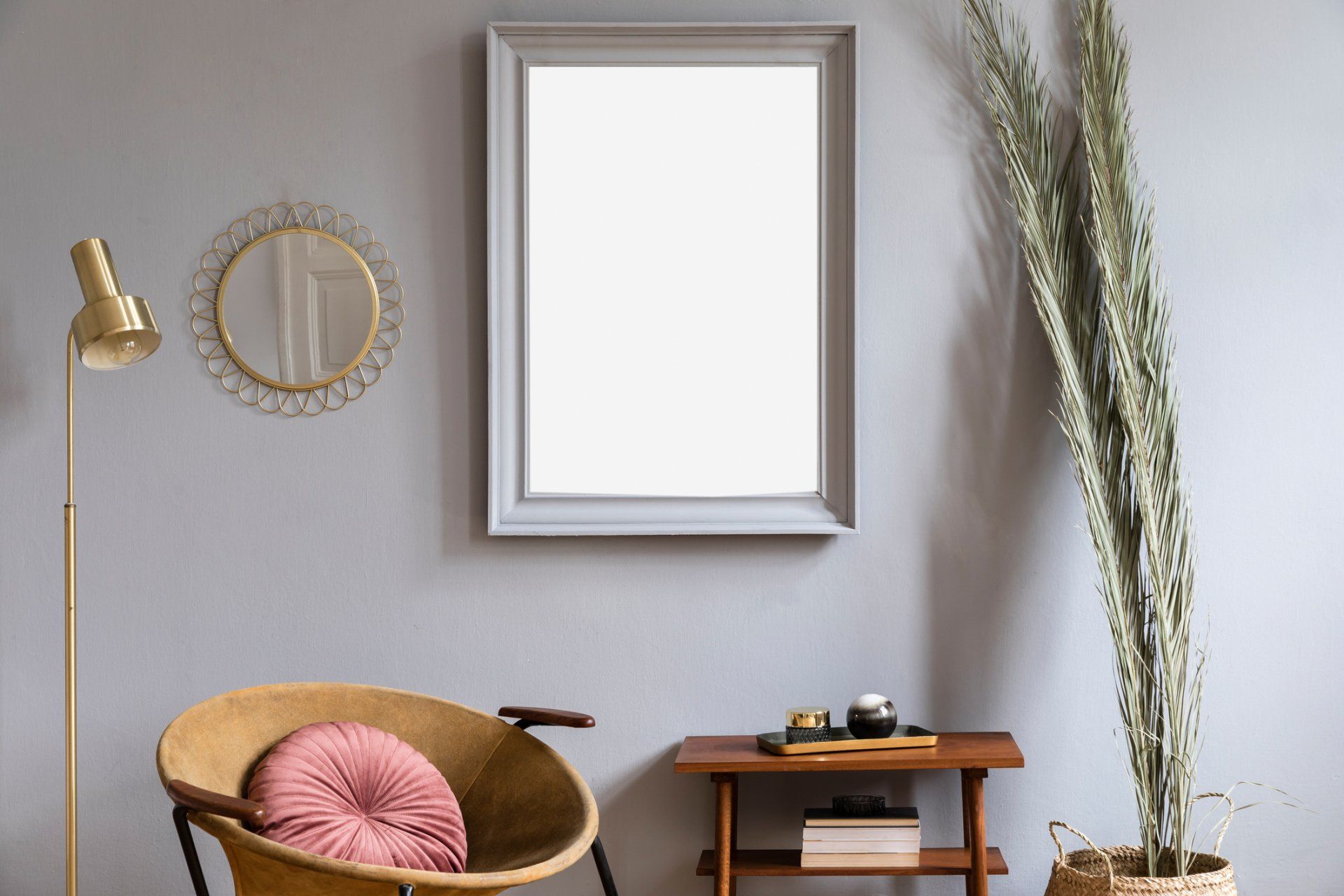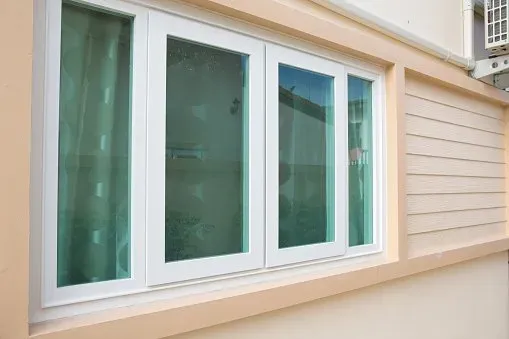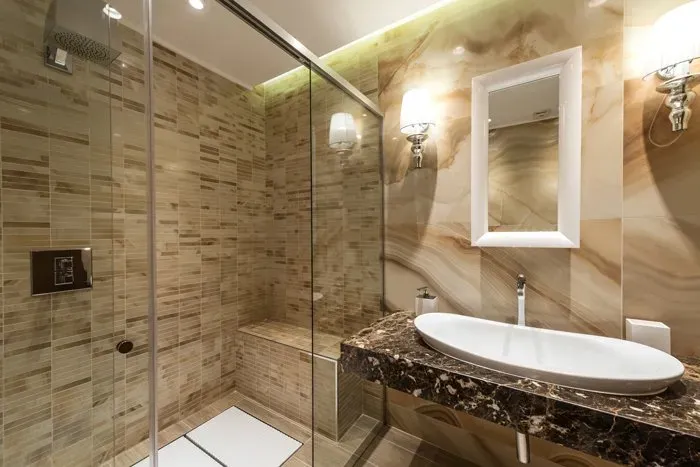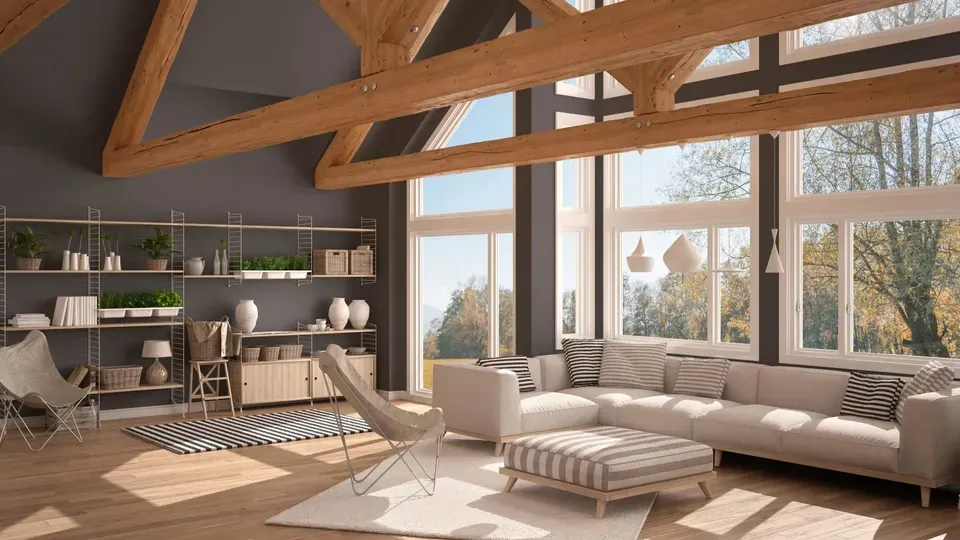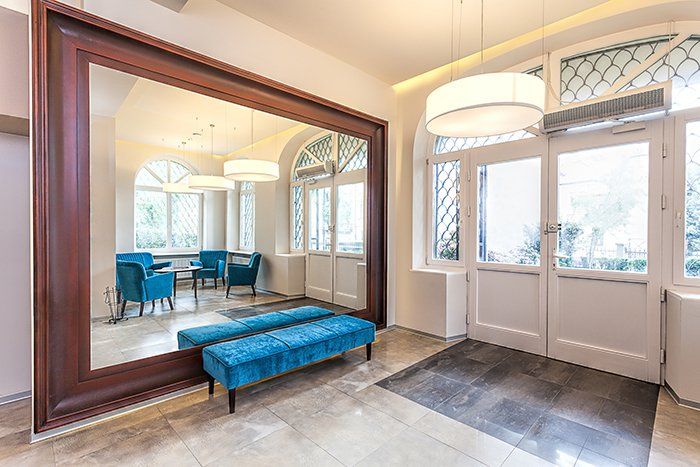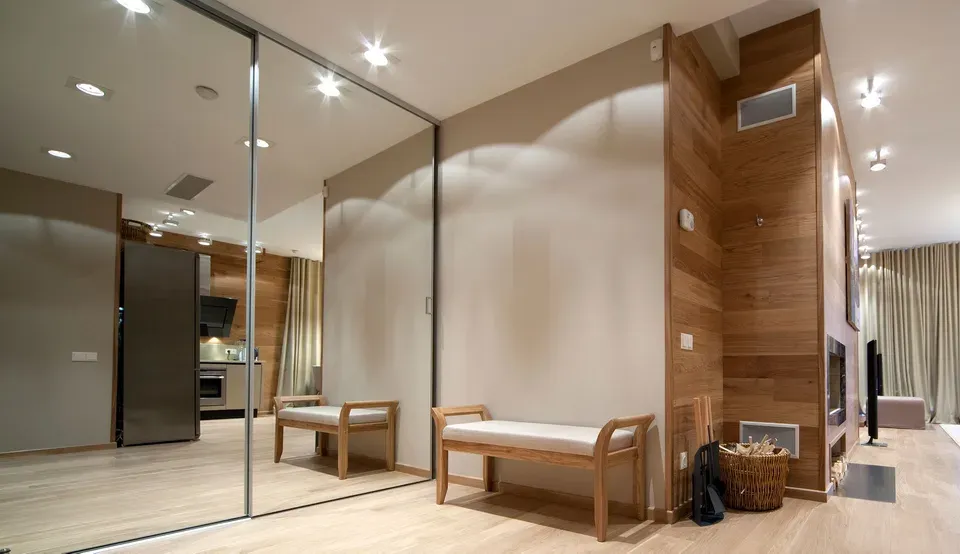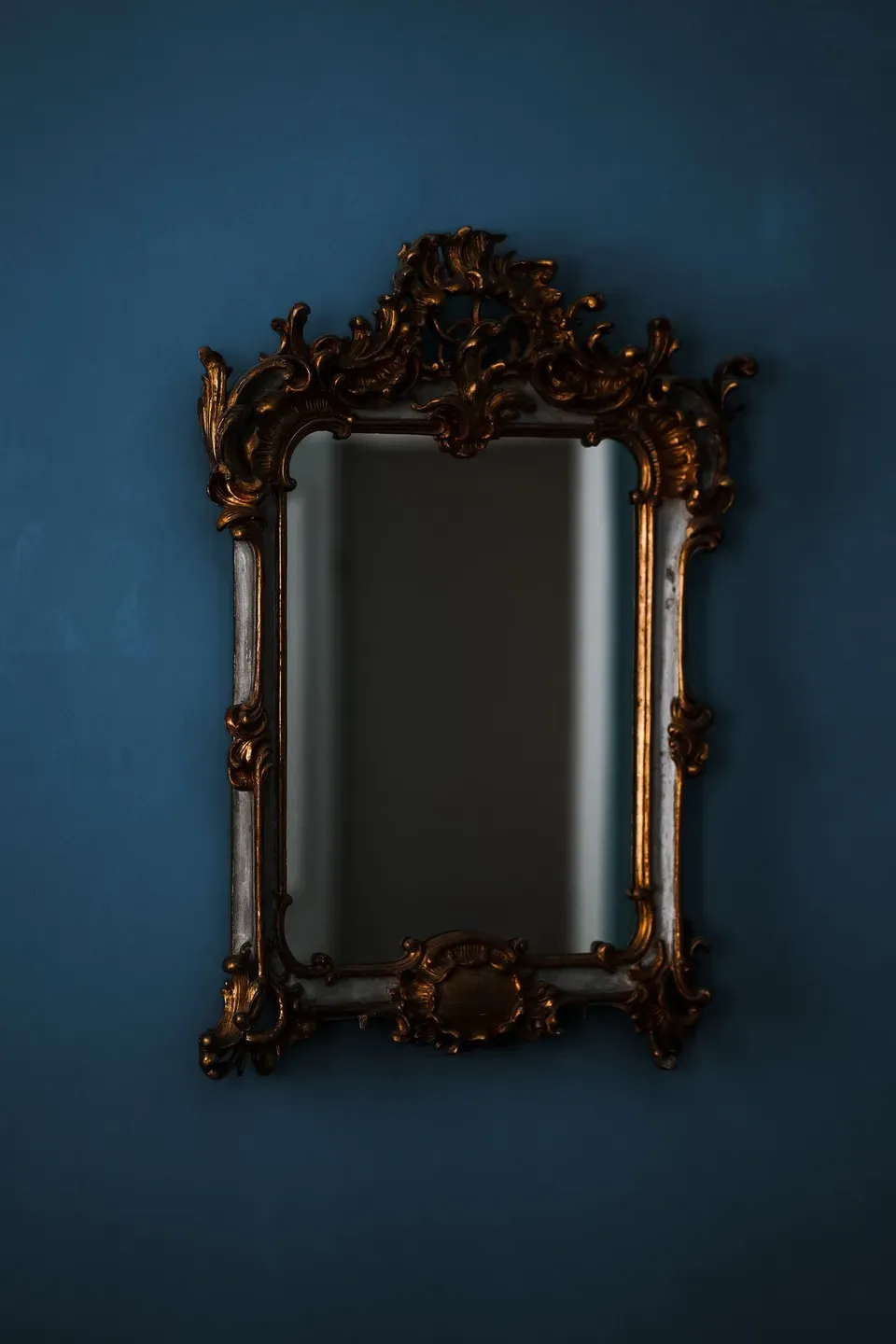Using Glass and Mirrors With Art Deco Design
Art Deco dates back to the early 20th century, mostly between 1925 to 1940. The style favors patterns and motifs common to territory-based styles such as Moroccan, Egyptian, and French. However, Art Deco also injects a healthy dose of modernism with emphasizing form and using manufactured materials.
When decorating with Art Deco inspiration, designers usually emphasize classic geometry and visual drama. To that end, mirrors and glass are common in Art Deco décor. Use the natural beauty of glass and mirrors to create an Art Deco ambiance in your home.
Mirror Walls
One of the beautiful characteristics of mirrors is you can custom-cut them to your specifications. To that end, consider adorning an entire wall with mirrors. To create that Art Deco profile, you'll want mirrors cut into geometric shapes. By creating an entire wall of mirrors, you'll play into the drama aspect of the design style.
Glass and Chrome Tables
Designers often like to mix man-made materials to drive the Art Deco appeal. For instance, tables of glass and chrome are popular in the style. These pieces differ from their modern counterparts in that the metal and/or glass will feature some opulence of design.
For example, instead of a plain chrome table base, you might see one with grand arcs in form and maybe even some ornamentation. Likewise, an Art Deco table might feature glass finished with a fancy edge, such as waterfall or ogee. You might even see a double-decker table with mirrors. If you don't find one that meets your fancy, consider making a table to your custom specifications.
Glass Railings
Art Deco railings are quite often metal with traditional patterns worked into the panels. However, you can stay true to the style with glass railings, too. You'll probably want a bold top rail that showcases the form of the railing and continuous glass. If you want the glass to carry more visual weight, consider frosted or smoked panels.
Starburst Wall Art
Any style of opulent mirror will complement Art Deco décor. However, the style almost screams for the use of the starburst pattern. The appeal of the starburst mirror in Art Deco style makes sense — it emphasizes shape and geometric patterning made out of multiple pieces of glass. In short, it's dramatic.
You can go on the hunt for a prefabricated geometric mirror. Conversely, you could design your own out of custom-cut glass and mirrors. You just need to start with a circular center and have glass specialists cut out radiating shards. For increased drama, consider making this piece your mirror wall. In other words, you can separate the elements to span the whole wall.
Glass Block Window
Glass blocks are an ideal material for Art Deco design. Stacking the blocks creates a geometric shape out of smaller geometric shapes. The resultant pattern features a very Art Deco vibe.
If you look at buildings with Art Deco architecture, you often see one or more of the exterior windows done in glass blocks. For example, the famous A.W. Enterprises building in Chicago features an entire façade of glass block windows, indicative of its characteristic Art Deco architecture. If your house's façade can support it, consider replacing one or more windowpanes with glass blocks.
If your house's architecture doesn't support an Art Deco façade, you could recreate the look with an interior window or glass block wall. For instance, you could replace a bathroom backsplash with a glass block window or use a curved glass block wall as a room divider.
Art Deco is a romantic and opulent style that works well inside different architectures. Utilize customized glass and mirrors to create a unique Art Deco vibe in your home. Let City Glass of Bloomington, Inc., provide your custom glass and mirror installations.
